SciArt profile: Ivana Henry
Posted by the Node, on 25 May 2023
In our latest SciArt profile we hear from Ivana Henry, a science communicator and illustrator with a background in developmental genetics. Ivana enjoys creating 3D visualisations of scientific concepts in molecular biology and genetics.
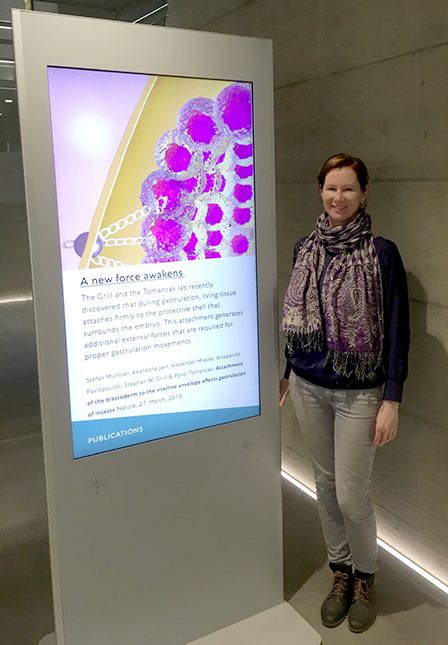
Where are you originally from and what do you work on now?
I was born in beautiful southern Czech Republic and studied genetics at the University of South Bohemia. After completing a PhD in developmental genetics in Bayreuth (Germany), I undertook a postdoc at the Max Planck Institute of Molecular Cell Biology and Genetics in Dresden (Germany). I studied the role of planar cell polarity in tissue/organ development using the Drosophila ovary as a model. Later on, I studied how force generation moves tissues. I also developed light-sheet microscopy imaging approaches to study subcellular processes in curved epithelia. At this time, I found my love of scientific illustration and 3D visualisation and started to offer scientific illustration services. I currently work as a laboratory manager at the MRC Laboratory of Molecular Biology in Cambridge in the UK.
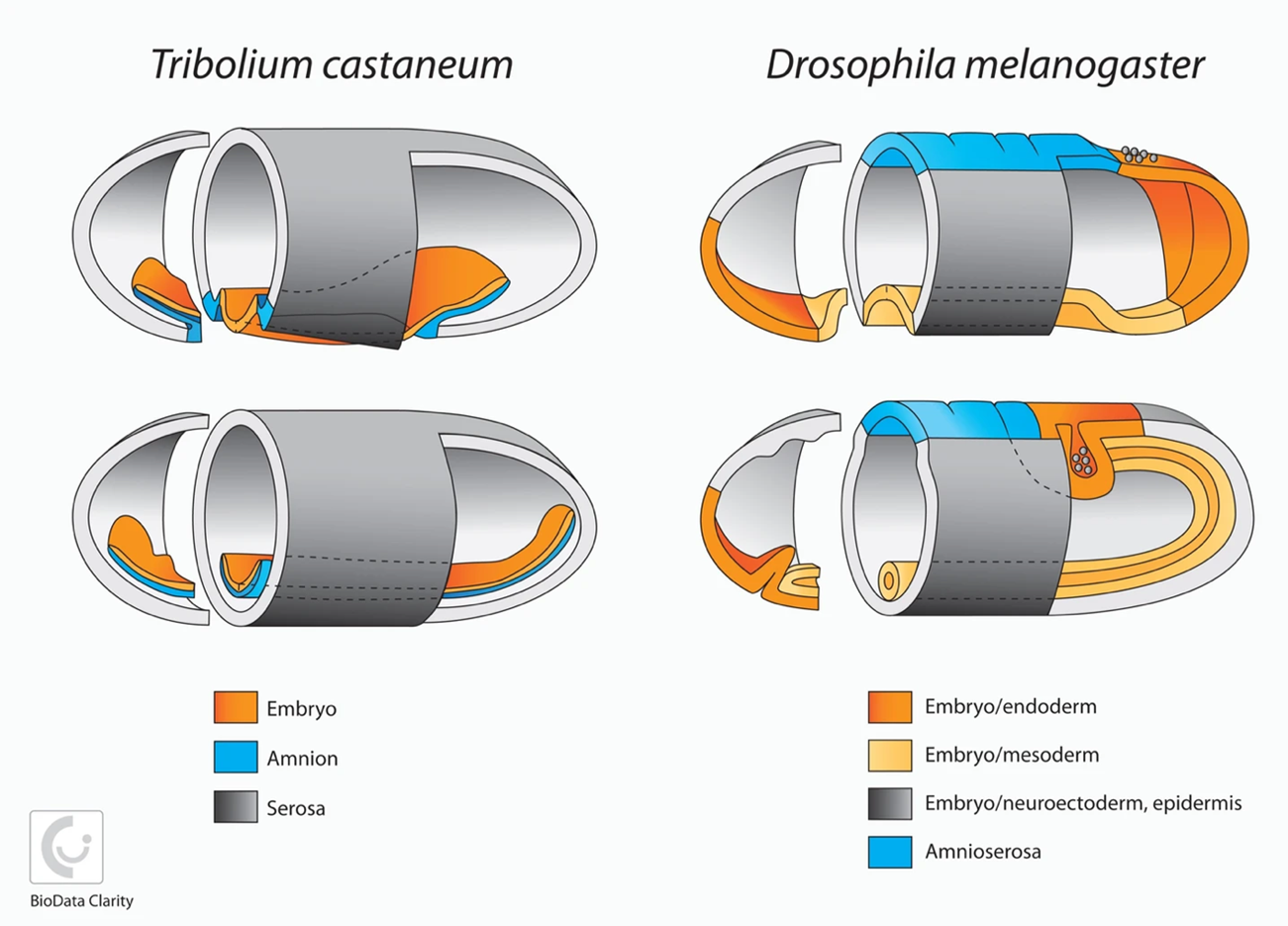
Were you always going to be a scientist?
I don’t think so. As a child I liked all school subjects, so I think I probably wanted to be a teacher first. I liked art, languages, history, literature, and my interest in biology and chemistry came later. It was at secondary school/gymnasium that I discovered Louis Pasteur, Darwin’s theory and then molecular biology and genetics. I took part in biology Olympiads and became curious about insects and plants. The idea of becoming a scientist may have started to take shape in grammar school, but I didn’t seriously consider it until I was at university.
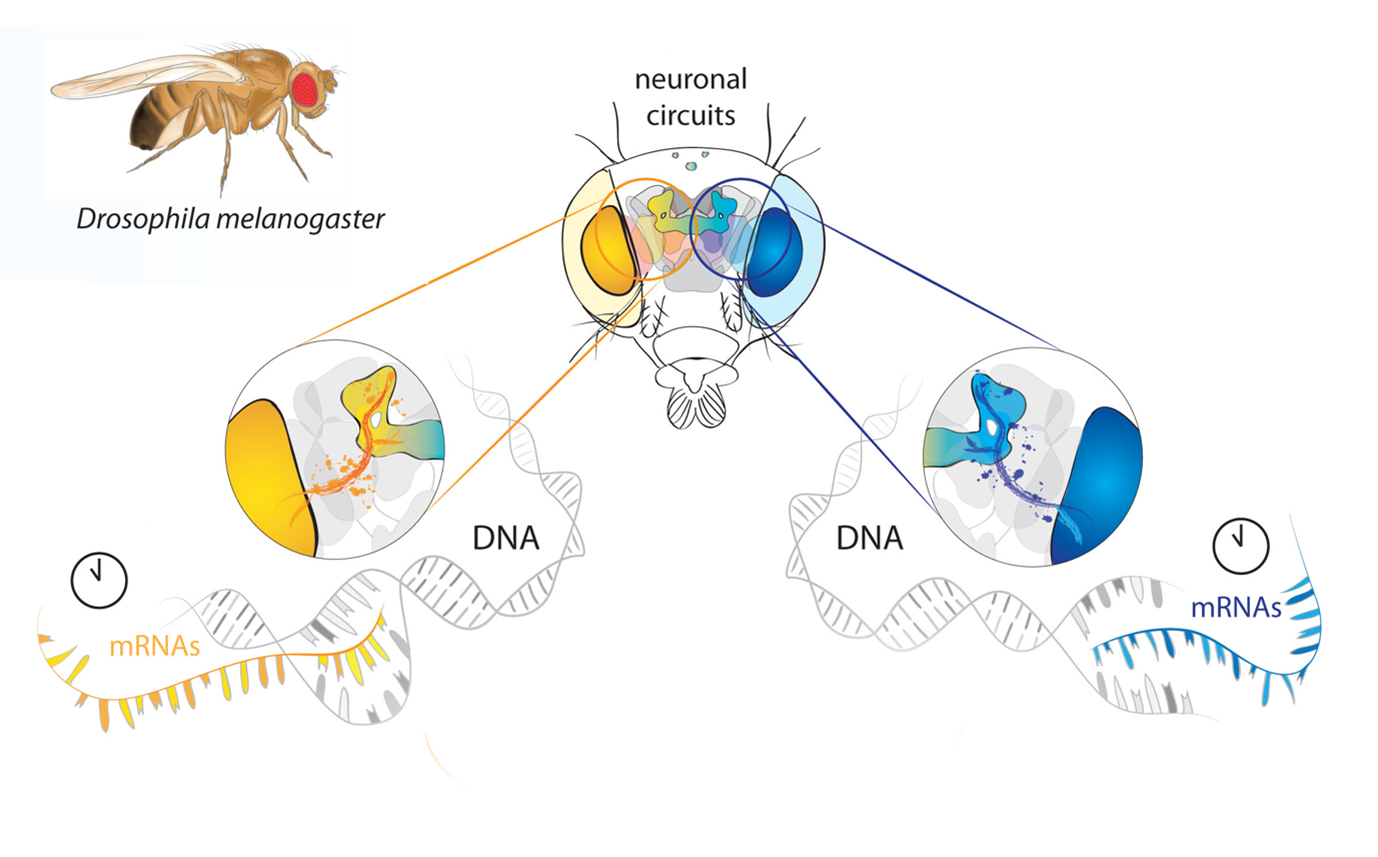
And what about art- have you always enjoyed it?
Yes, I always enjoyed art. As much as I loved going to natural history museums, I also loved going to art museums. Later on, I couldn’t resist visiting art museums in various destinations when I was at scientific conferences. Art simply has been always part of my life. It started with drawing portraits of my family and led to drawing portraits of my whole gymnasium class. But I never thought I was an artist or that I’d like to become one. I was drawn to the world of molecular biology and genetics. I wanted to understand how things work. But art comes through in different forms in my scientific journey. When I was at university, I used to draw an overview of the study material for each subject I was studying. This helped me to commit newly acquired knowledge into long-term memory. I think it is important to visualise scientific knowledge and I find it easier to remember information in the form of a picture rather than as long scientific text.
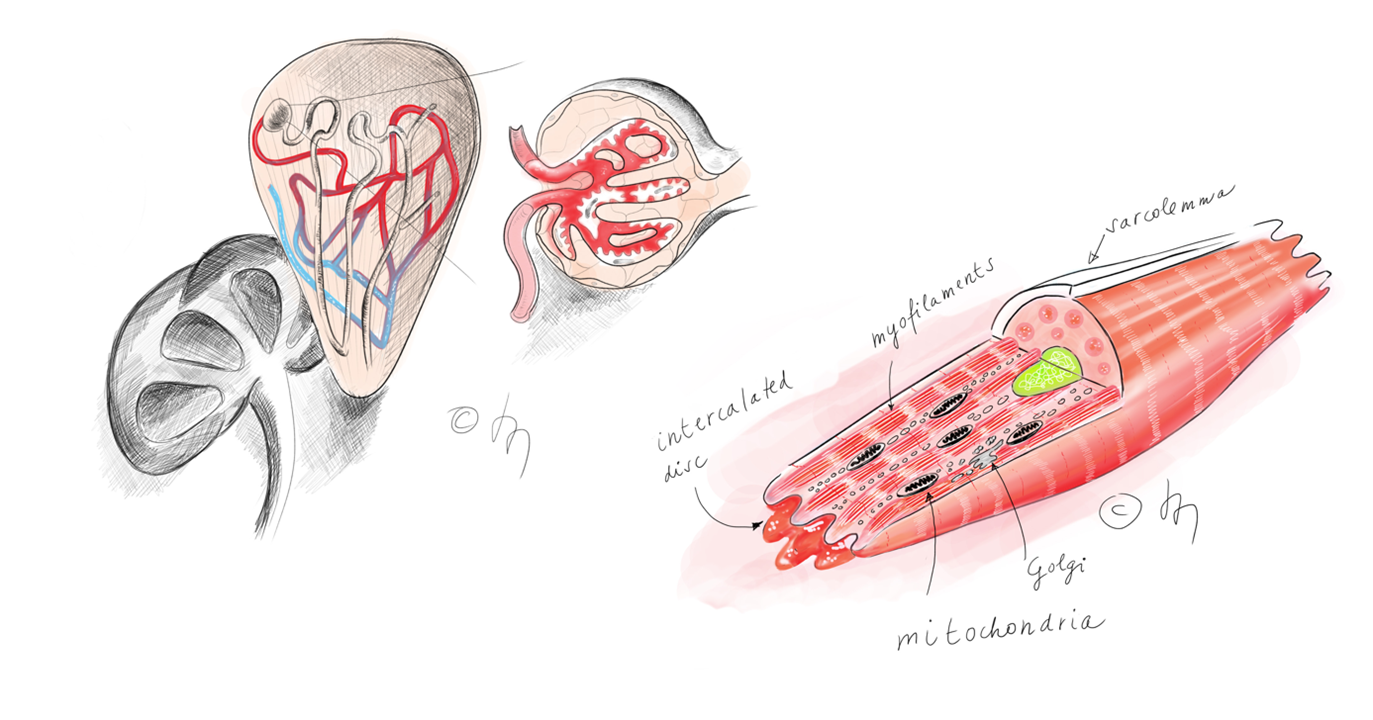
What and who are your most important artistic influences?
One of my favourite artists is our Czech Art Nouveau artist, Alphonse Mucha. I like his detailed graphic and illustrative style and admire his dreamy paintings of The Slavic Epic on such a large scale. I’m not sure this influence is visible in my art, but his works often serve as my inspiration. I also very much like Impressionism, especially Claude Monet and his later paintings, including the Water Lilies series as they are almost abstract art. Bright and complementary colours used by impressionists usually reflect in my colour code.
In addition, I’m often inspired by new digital approaches from contemporary 3D artists and several renowned biomedical studios creating visuals for industry / the medical field.
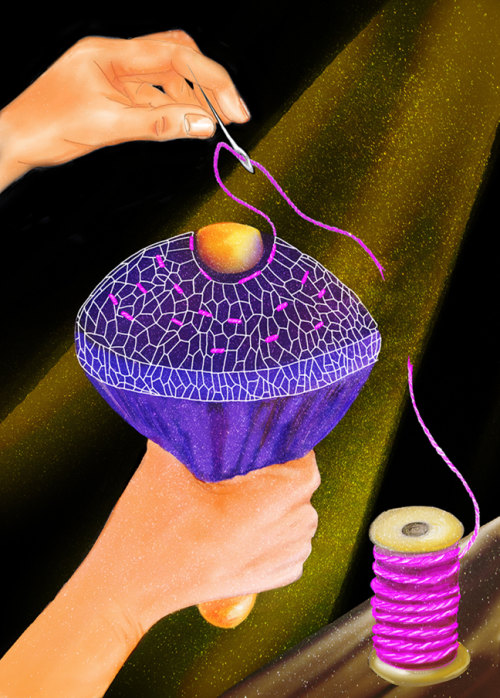
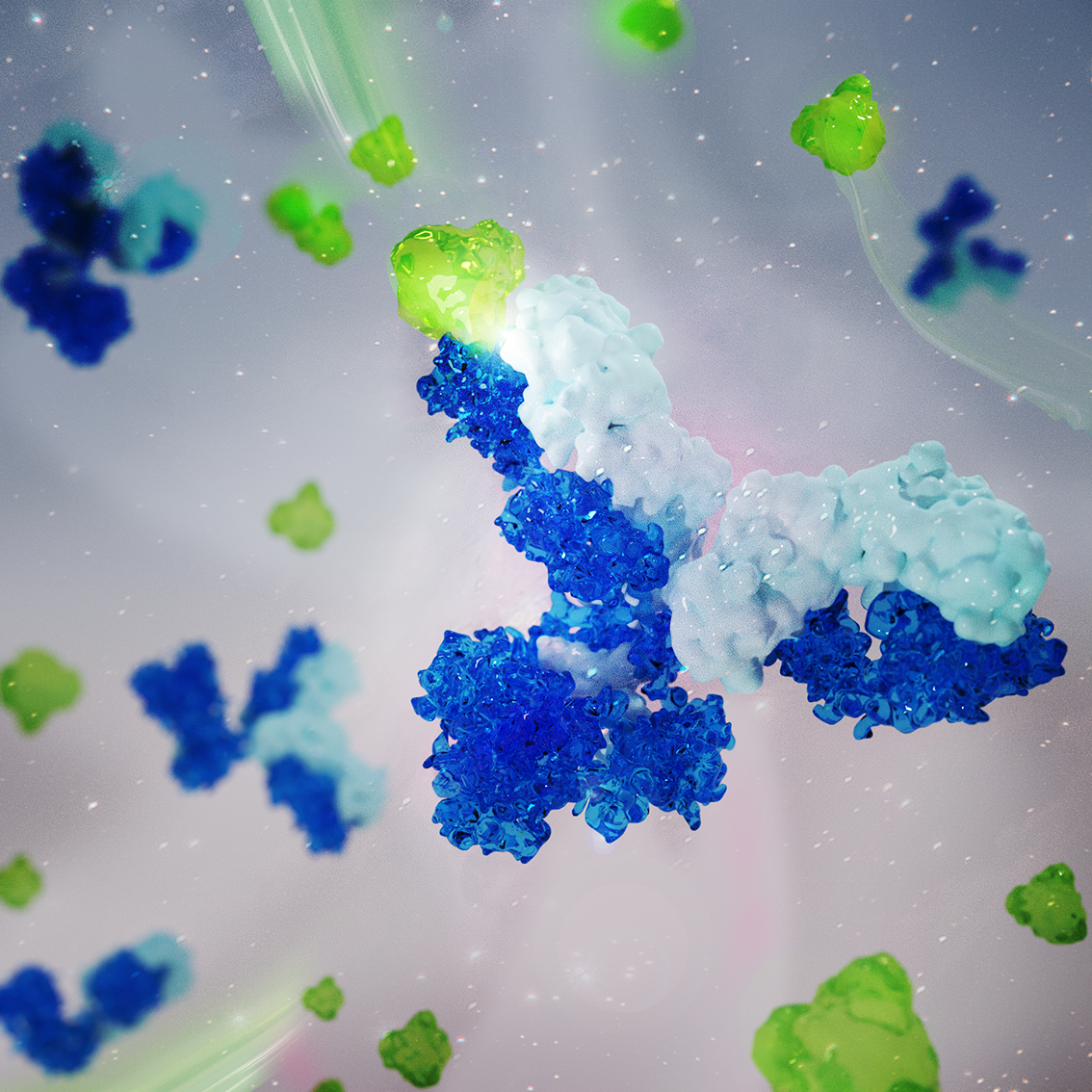
How do you make your art?
I usually draw an initial concept as a pencil sketch, creating different versions. I present these to my client and then convert the preferred version into digital form. The final digital version depends very much on the subject and what it will be used for. I usually create vector graphic illustrations for graphical summaries/abstracts, adding final digital/painting touches. I also create 3D visuals using 3D software, which are best suited for presentations, websites and cover art where you want to engage your audience.
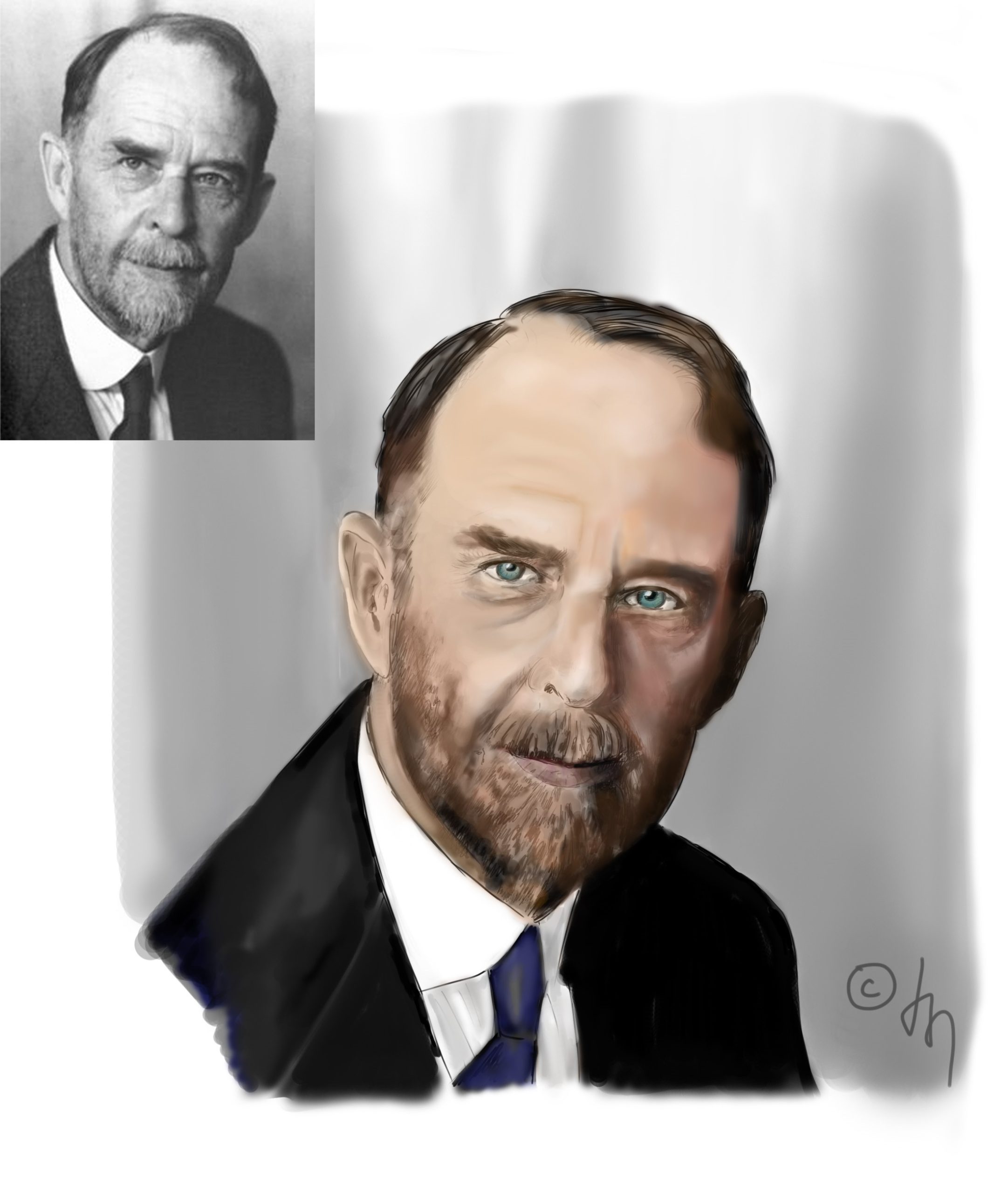
Does your art influence your science at all, or are they separate worlds?
When I was doing my own research, it was probably a direct influence. I don’t know if you could call it art, but much like at university, I used drawings to summarise my findings and it helped me to put them into a bigger picture/see what direction to take next. It usually forced me to simplify and focus on the main points. Now it is more my relaxation/hobby time. I do enjoy the process of translating a key scientific message into a visual form. It is not classical art per se, but it does require certain ability to come up with an original idea that leads to a visually pleasing and self-explanatory design that attracts your audience.
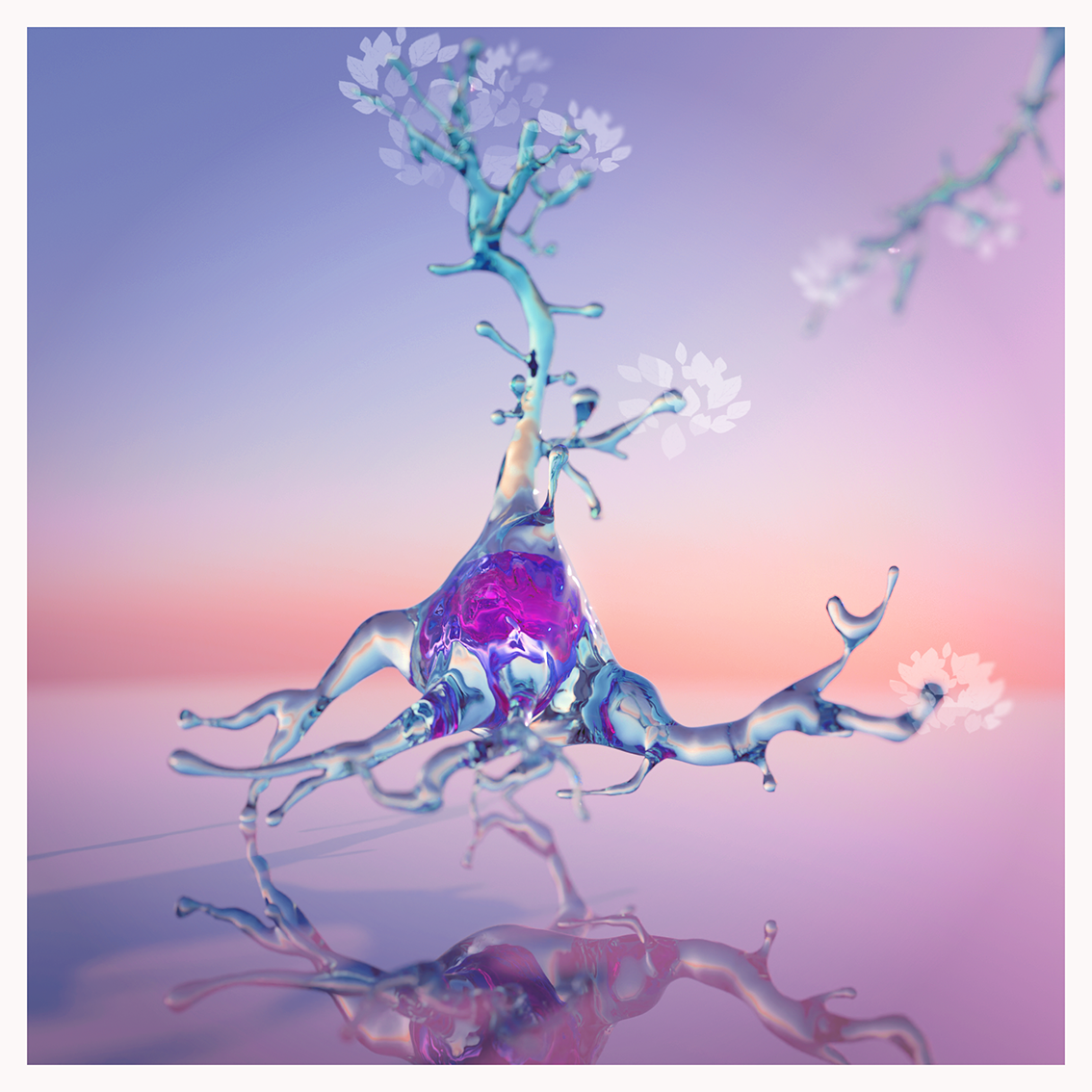
What are you thinking of working on next?
I’m looking forward to the art and craft show at our institute, where I plan to show some of my art made with traditional painting materials. It is a hobby that forces me to leave my computer screen and gives me new ideas for digital art. I also hope to have more time to update my website and to launch more products incorporating my scientific designs.
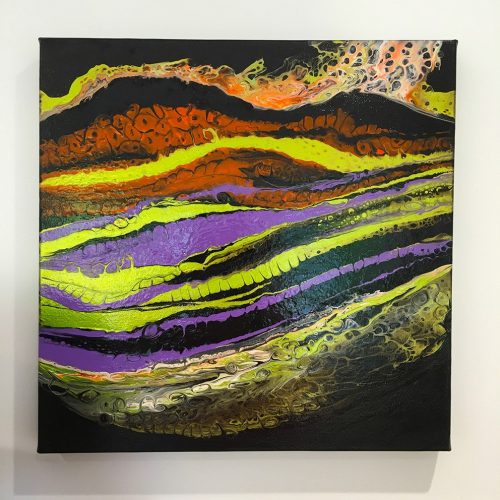
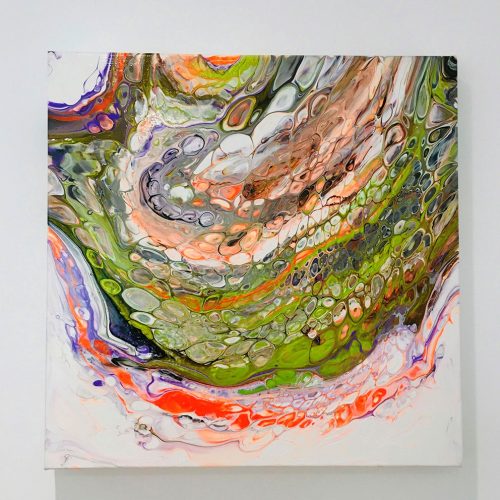
Artworks were created using the Fluid Art technique to evoke the abstract representation of plant tissue. Both 40x40cm on deep edged canvas. These were created for the 2022 exhibition.
Find out more about Ivana’s artwork:
Website: www.biodataclarity.com
Twitter: @biodataclarity


 (No Ratings Yet)
(No Ratings Yet)